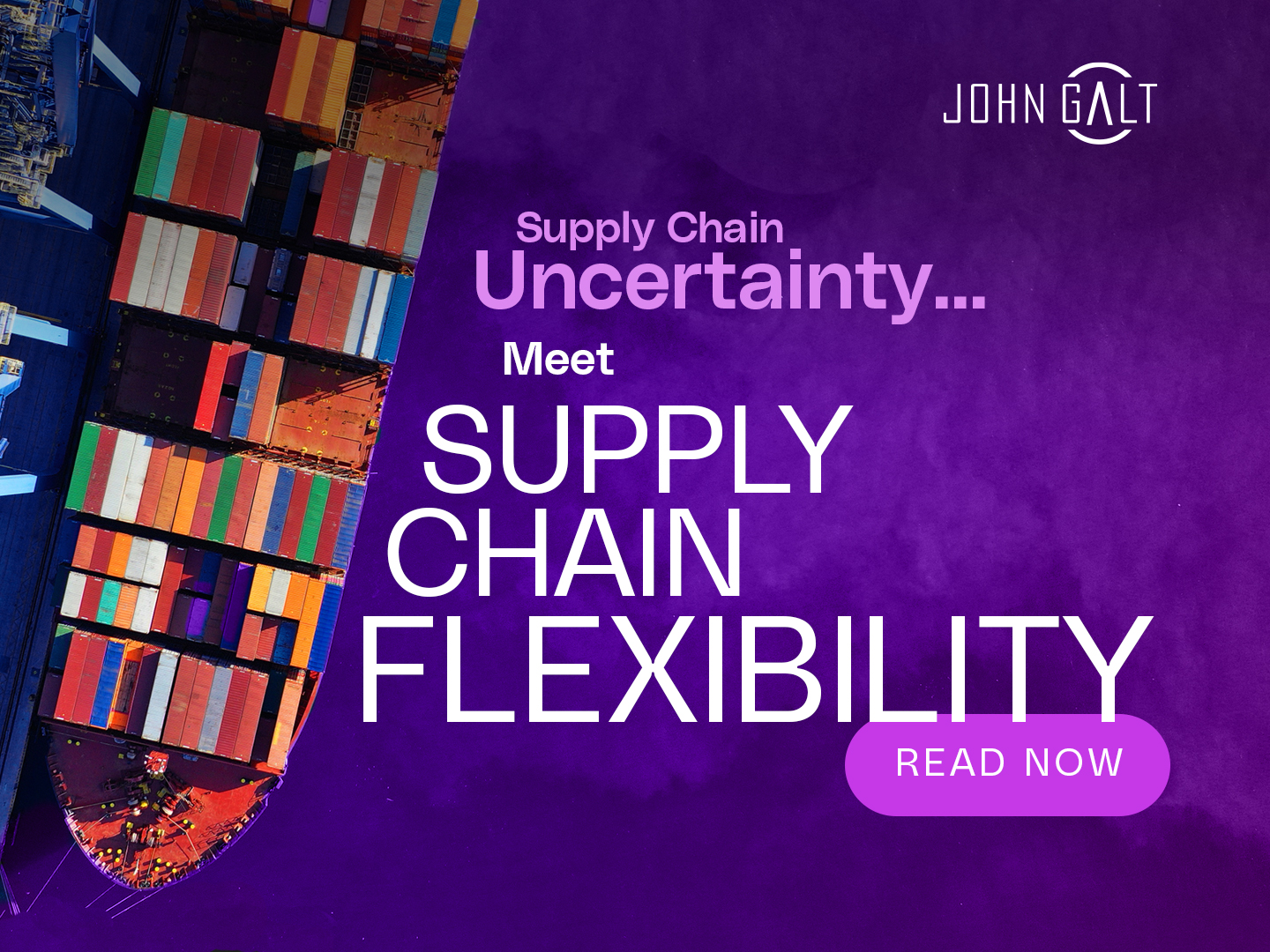The past two years have tested our global supply chains’ ingenuity, suppleness, and adaptability. It’s now clear that, of all the elements that will decide whether our supply chains thrive or struggle over the years ahead, the number one factor is uncertainty.
Today’s complex value chains are intentionally interconnected and interdependent based on a set of assumptions that transportation services and labor resources will be plentiful and available, suppliers and sub-suppliers will generally be able to fulfill orders without severe disruptions, and variability will remain relatively low. These assumptions turned out to be just that – assumptions (and you know what that means!) When we designed and implemented our supply chains we acknowledged that our global ethos, though efficient and economical, could be vulnerable to breakdowns. However, that risk was assumed to be low, dare I say manageable. Unfortunately, a risk once thought acceptable has come back to bite us. Our hard-won wisdom has come with a steep price tag and left us in a difficult era that won’t allow us to rely on steady labor availability, stable international shipping, plentiful sourcing options from other countries, predictable demand signals, low inflation, and governments prioritizing economics over political policies.
Instead, we realize that we have entered a protracted period of price turbulence in energy, commodities, transportation, and materials. We face more instability in production capacity, increased volatility in demand, and greater variability in lead times and labor availability.
Given this rise in uncertainty, supply chain teams must make aggressive adjustments to achieve their business and sustainability goals. Companies large and small must examine their end-to-end networks and commit to reshaping—perhaps, in some cases, repurposing—their structures to be more agile, flexible, and unsinkable.
Here are a few key facets to developing a resiliency framework that rejects rigidity in favor of flexibility:
Integrated data signals. To counter the impact of greater uncertainty, both demand and supply signals must be received and processed in real time. Point of sale data, IoT telemetry, weather, logistics and other various types of data supply game-changing insights to help predict ripple effects such as shipping delays, manufacturing backlogs, consumer purchase trends to help us respond to real-world changes quickly.
Strong data analytics. Analytics are the key to understanding complexity, gaining visibility across the end-to-end value chain, and knowing what’s going on at every point in time. Research by Gartner has shown that visibility is one of the three key areas of improvement for supply chain risk management. Forty percent of SCM respondents to the 2021 Gartner Supply Chain Risk and Resilience Survey ranked visibility as their top area of improvement. And there’s a lot of room to be better: only 53% of companies claimed to have 90% or higher insight into Tier 1 suppliers, and the percentage dropped to a mere 4% for Tier 2.
Supply chain stress testing. When it comes to factoring uncertainty into supply chain plans, there is no substitute for the ability to safely explore risk exposure at all levels—SKU, product category, supplier, and so on. Investigating a wide range of potential scenarios is the job of a supply chain digital twin, one of the most potent tools in the supply chain planning laboratory.
Real-time execution. When making decisions in a highly uncertain supply landscape, it’s vital to consolidate the latest feedback onto one unified planning platform. The single platform lets us coordinate demand, supply, inventory, and delivery planning actions even as turmoil erupts. Accurate tracking and status information drives faster, more confident execution decisions and trade-offs.
Collaboration power. Uncertainty takes its greatest toll in the dark. When all supply chain stakeholders, from suppliers to manufacturers, DCs, partners, customers, and internal departments have an appropriate level of access to relevant data in a timely fashion, they begin to communicate using one shared version of the truth.
Model financial pressure. Having a strong link between CFOs and CSCOs helps align operations with the corporate business strategy and financial plans. Supply chain managers can do a better job mitigating disruptions using the finance function’s input on everything from supplier relationships to customer status, cost of goods sold, and more.
As one consumer packaged goods CEO put it, "It's almost become the new normal that you have to have a very scrappy and nimble business model to be able to survive in this kind of environment."
Interested in how a unified end-to-end supply chain planning platform can inject much-needed flexibility into your multi-enterprise network? Explore the Atlas Planning Platform.



